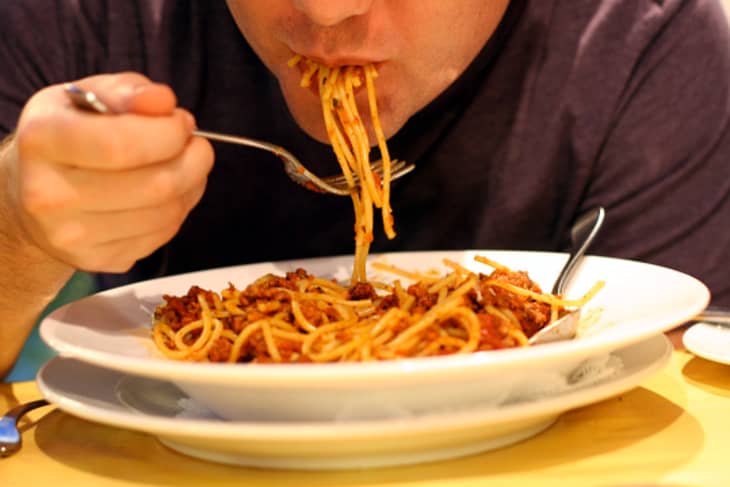Word of Mouth: Al Dente
Al Dente; adjective, Italian: Literally, “to the tooth.” In practice, this means cooked just enough to still be firm, where the center still remains a bit under-cooked and the pasta still offers resistance when chewed.
In medieval times, pasta was cooked for an hour or more until it was soft, mushy, and offered no resistance. This was typical of all cooking at the time (ie, cooking food to death!), though it was perhaps necessary in the case of pasta made from tougher, less-refined grains.
By the 18th century, better refinery of duram wheat and changes to the pasta manufacturing process significantly reduced the necessary cooking time. Chewy ‘al dente’ pasta became the norm.
If you cut into a piece of pasta as it cooks, you’ll see a white speck of starch at the center. The pasta is done when this speck is just barely visible. When chewed, the pasta should still have a bit of bite, but shouldn’t actually be crunchy.
Though we most commonly use the term al dente to refer to cooked pasta, you’ll often hear it applied to the cooking time of other grains (like rice and barley) and vegetables.
Do you like your pasta al dente?
Related: Quick Tip: The Best Way to Cook Pasta
(Image: Flickr member hadsie licensed under Creative Commons)
